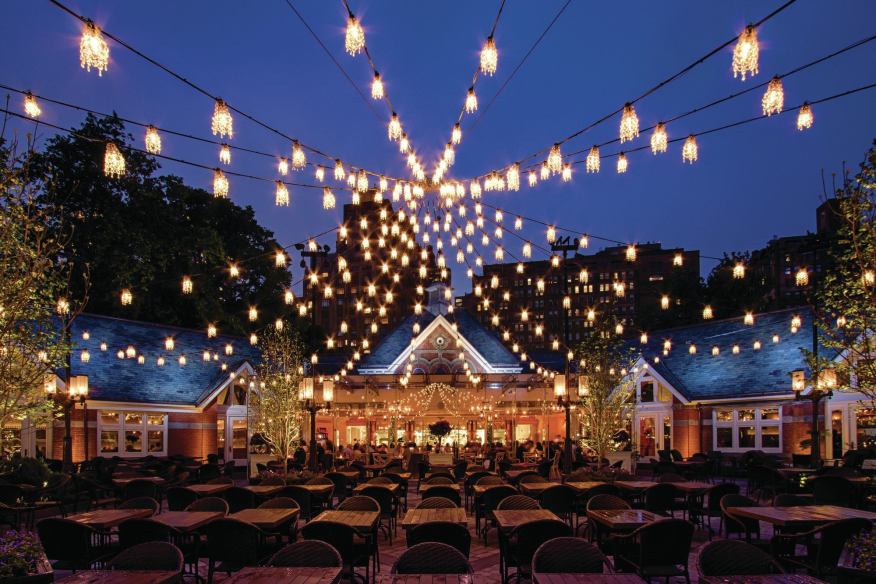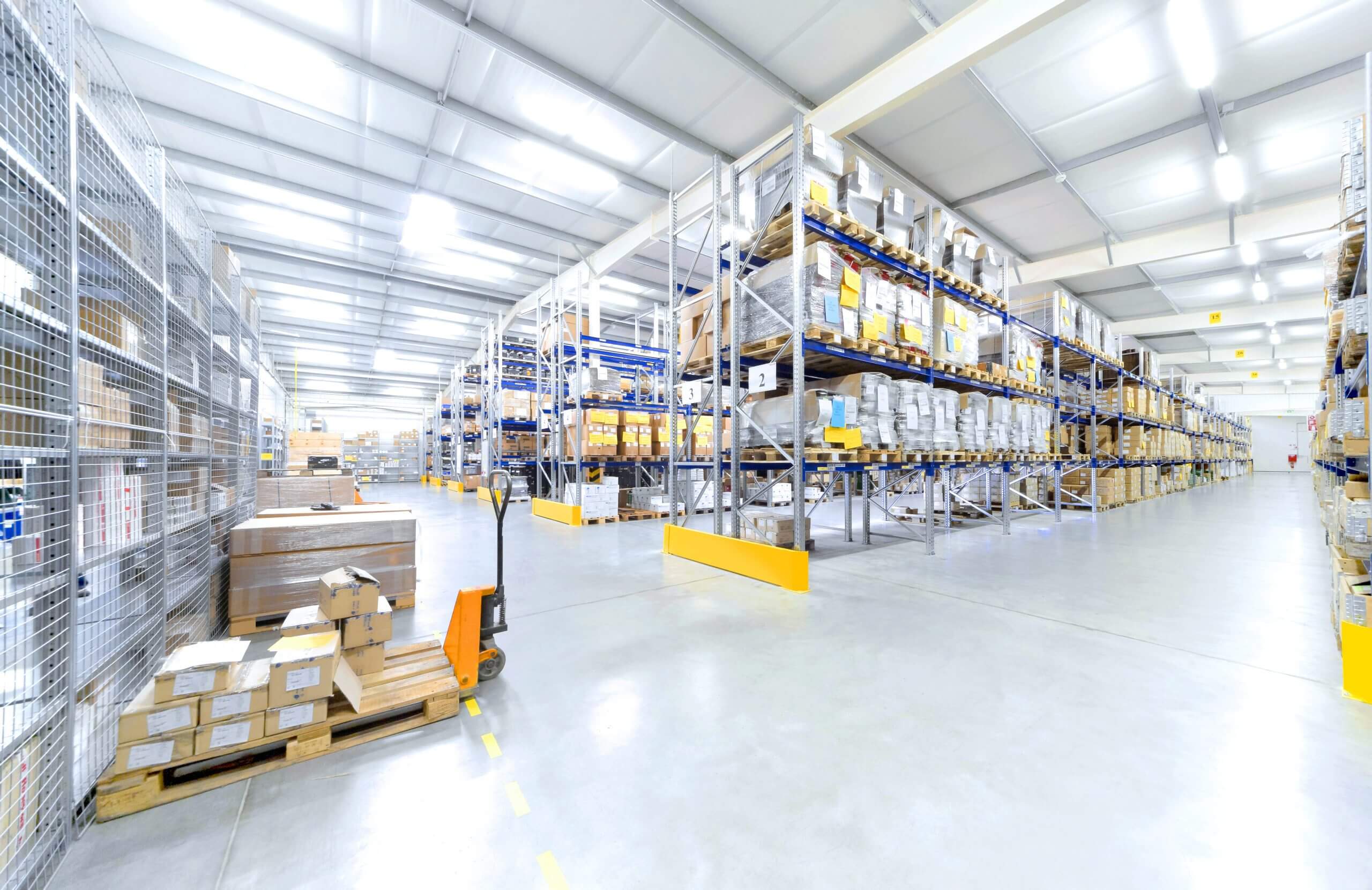The initial costs of solid state lighting has unfortunately turned customers to CFLs or other inexpensive lighting alternatives until prices come down, which they are forecasted to in the upcoming year. We are lucky to have the decision of what kind of lighting we buy, as many developing countries are still burning candles and kerosene through the night. According to an article on Edhat Santa Barbara’s website, not having safe, sufficient lighting is linked to poverty, health problems, and illiteracy. Osef Darwka, president of Ghana Telecom University, wants to change that and provide alternative lighting to third-world countries.
Darwka met with the president of the Institute of Energy Efficiency at the University of California Santa Barbara, John Bowers, knowing that the institute works on highly efficient lighting and solar cells. He asked them to develop a safe, affordable reading light that can be used in developing countries. Bowers, with engineers Dave Schmidt and Norman Gardner, and help from Engineers Without Borders, put together a team to develop an efficient solar powered LED lamp. The lamp is eight times more efficient than incandescent lamps, and can store an hour of LED light for every two hours of daylight it is exposed to, thanks to the solar cells. The lamp costs $7, and comes with a rechargeable AA battery. Claude Dorais, president of Unite to Light, the nonprofit organization in Santa Barbara that supplies these lamps to the countries, said the lamp will cost virtually nothing, except for the rechargeable battery, which be replaced when the person brings it to be recycled.
The first 100 lamps have already been shipped to Ghana back in July, and another 1,200 will be shipped late December to Ghana, Haiti, and Kenya. The goal is to have 10,000 LED lamps shipped in 2011 to these countries and other developing countries. We commend the engineers who developed this inexpensive, yet sustainable lamp for people who may not be able to afford solid state lighting in other countries!

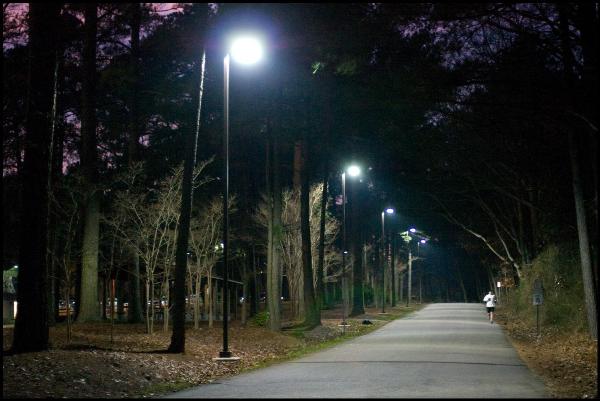
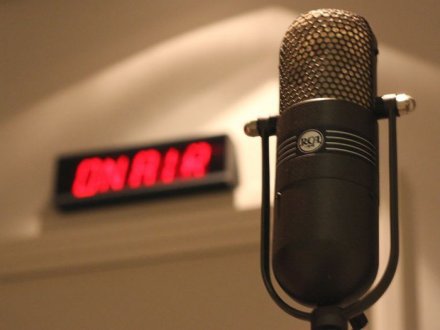
 A new radio show focusing on sustainability will be launched this week in Arizona! The Southern Arizona Green Chamber of Commerce, a non-profit organization comprised of business organizations, students, and other individuals who support green practices in the community, will air its “
A new radio show focusing on sustainability will be launched this week in Arizona! The Southern Arizona Green Chamber of Commerce, a non-profit organization comprised of business organizations, students, and other individuals who support green practices in the community, will air its “
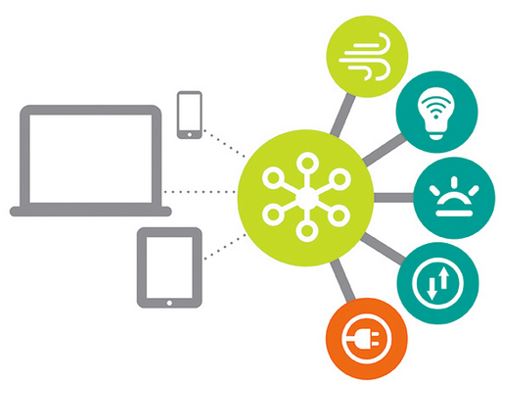
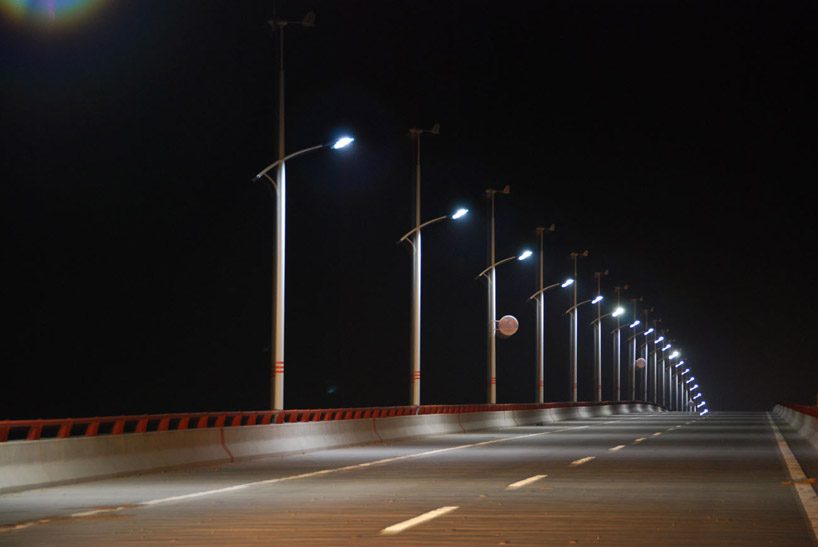
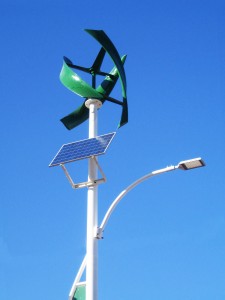 Yet another exciting development in the solid state lighting world has been made, but this time, combined with wind turbine power.
Yet another exciting development in the solid state lighting world has been made, but this time, combined with wind turbine power. 
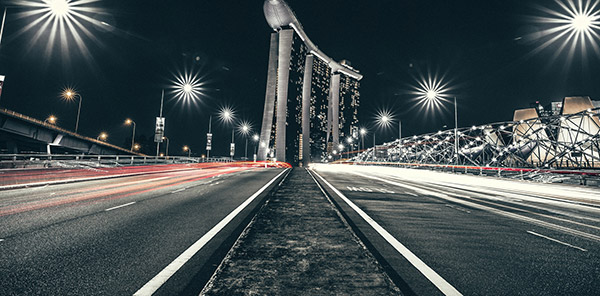
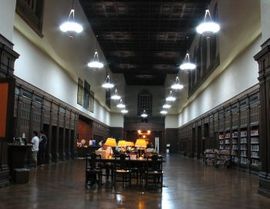 In 2008, the
In 2008, the 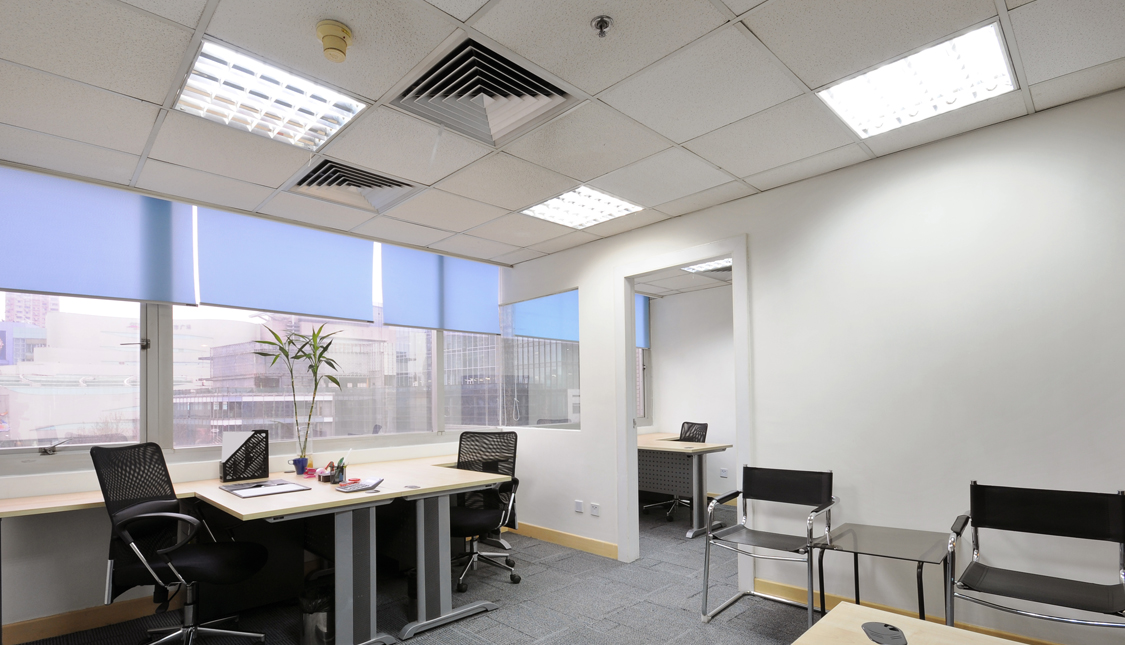
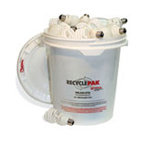 So where should you recycle your light bulbs? Inquire within your community to see if there are recycling centers. If you visit
So where should you recycle your light bulbs? Inquire within your community to see if there are recycling centers. If you visit 